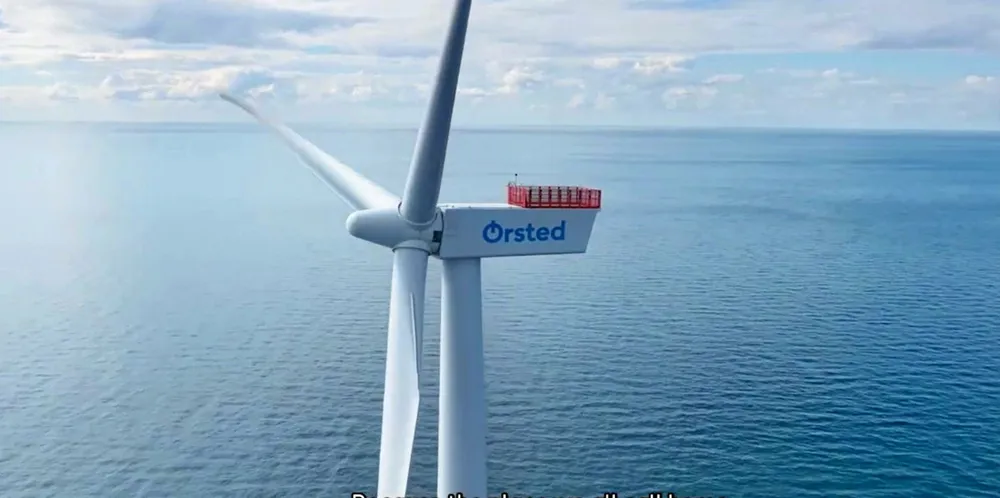All-Siemens H2 plans step on the gas, country climate COP-outs, and why Orsted's thinking 'deeper'
Our weekly curation of the must-read news and analysis from the-week-that-was in the global renewables industry

Our weekly curation of the must-read news and analysis from the-week-that-was in the global renewables industry
